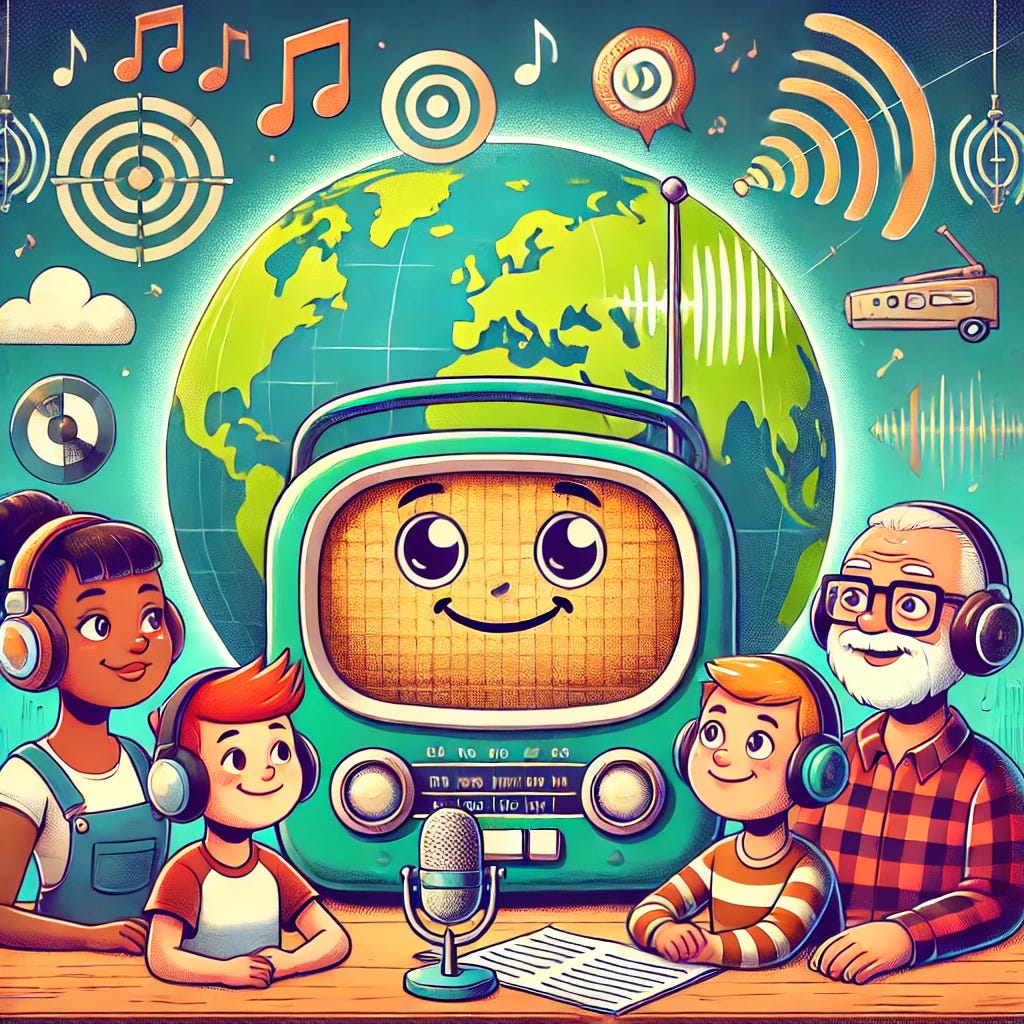Celebrating International Radio Day
The Timeless Power of Radio
Every year on February 13th, the world comes together to celebrate World Radio Day, an occasion dedicated to the enduring influence of radio as a medium of communication, education, and entertainment. Initiated by UNESCO in 2011, this day highlights the pivotal role radio plays in shaping public discourse, preserving cultures, and connecting people across borders.
Why Radio Still Matters
Despite the rise of digital media, radio remains a powerful tool in today’s world. With its ability to reach remote areas, provide real-time information, and adapt to technological advancements, radio continues to be an accessible and reliable source of news and storytelling. Whether it’s community-driven local stations or international broadcasts, radio bridges gaps and unites voices from all walks of life.
How Radio Works
Radio works by transmitting audio signals through electromagnetic waves. A radio station converts sound into electrical signals, which are then modulated onto radio waves and broadcasted through the air. Receivers, such as radios or mobile devices, decode these signals and play the audio, allowing listeners to hear music, news, and conversations from anywhere within the signal’s range.
From its early beginnings in the 20th century to becoming a household staple, radio has been at the heart of historical moments, revolutions, and social movements. It has provided a voice for the voiceless, served as a beacon during emergencies, and entertained generations with music, drama, and talk shows. Even today, as podcasts and online streaming grow, radio maintains its charm and relevance.
As technology advances, radio continues to adapt, proving that audio communication is more relevant than ever. Whether through FM, AM, satellite, or digital streaming, radio remains a steadfast companion in our daily lives, shaping the way we consume information and entertainment.
This International Radio Day, let’s celebrate the past, present, and future of radio—an ever-evolving medium that continues to connect the world, one frequency at a time.


